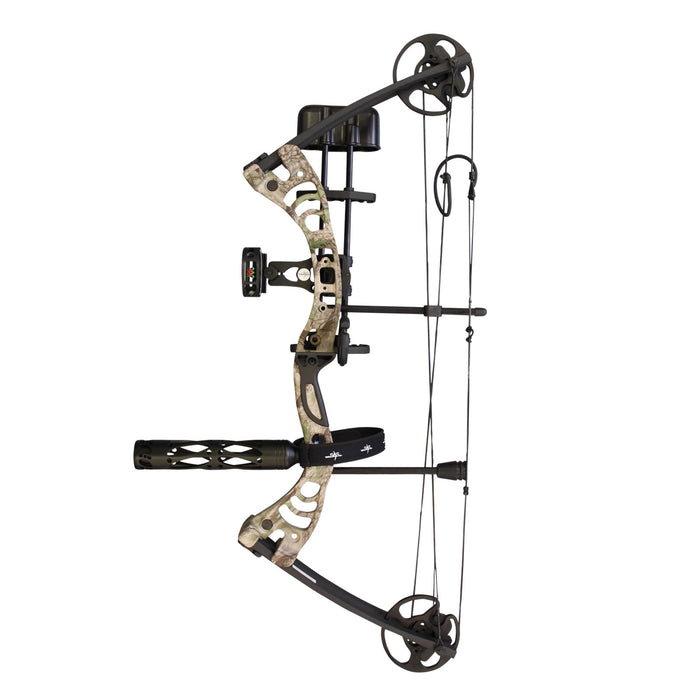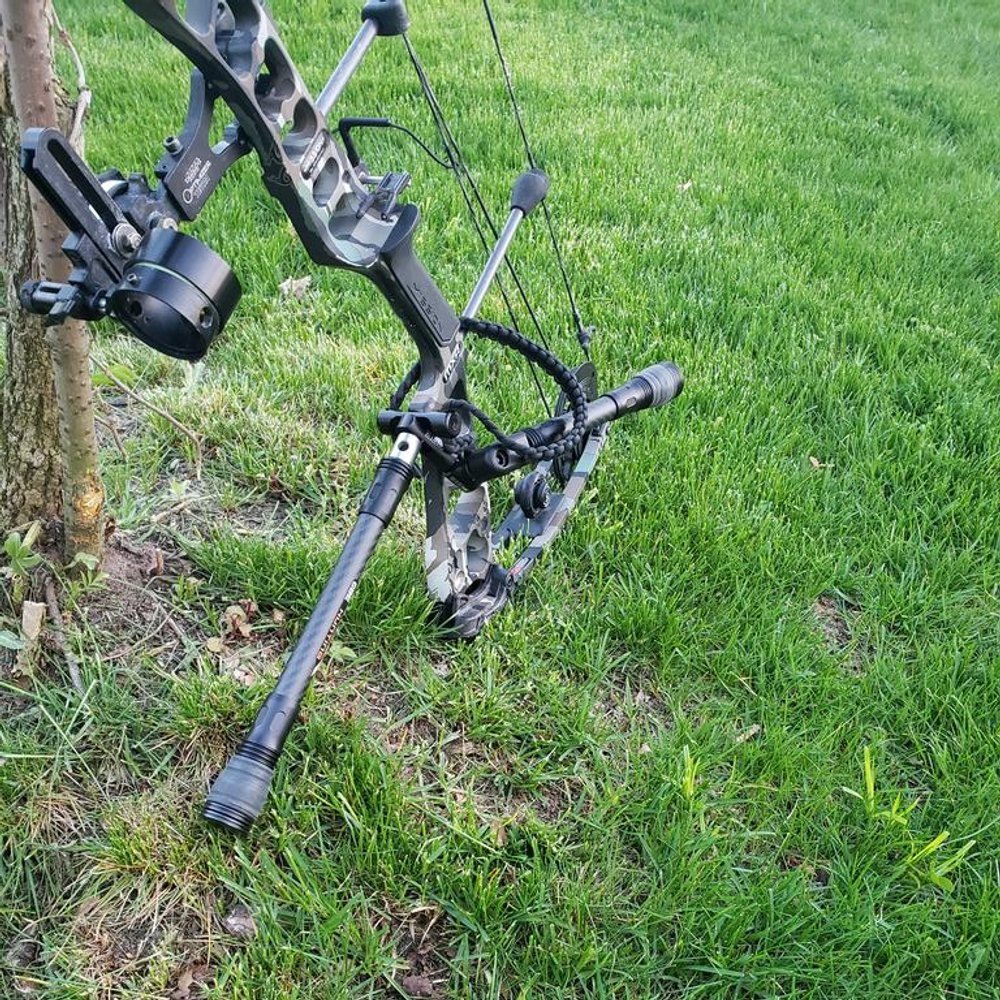Top Picks: Expert-Approved Compound Bow Stabilizers for every single Budget plan
Top Picks: Expert-Approved Compound Bow Stabilizers for every single Budget plan
Blog Article
Optimizing Your Archery Efficiency With the Right Compound Bow Stabilizer: an Extensive Review
One critical yet often-overlooked component in enhancing precision is the compound bow stabilizer. By understanding the subtleties of selecting and maximizing a substance bow stabilizer, archers can adjust their tools to elevate their shooting experience to brand-new levels of effectiveness and control.
Relevance of Bow Stabilizers in Archery

In addition, bow stabilizers aid in balancing the weight circulation of the bow, which can boost the archer's stability while aiming and shooting. By including weight to the front of the bow, stabilizers can decrease the quantity of torque experienced upon release, leading to a smoother and extra controlled shot - compound bow stabilizer. This weight circulation additionally helps in holding the bow stable for a longer duration, allowing the archer to intend more precisely
Sorts Of Compound Bow Stabilizers
When taking into consideration the numerous types of compound bow stabilizers available, it is important to understand their distinctive features and features to figure out one of the most ideal alternative for optimizing archery efficiency. The most common kinds of substance bow stabilizers consist of sidebar stabilizers, front stabilizers, and back stabilizers. Sidebar stabilizers affix to the sides of the riser and assistance in stabilizing the bow during the intending process. Front stabilizers, also referred to as long poles, are connected to the front of the riser and aid in soaking up and reducing any kind of vibrations triggered by the release of the arrow, therefore improving precision. Back stabilizers, additionally called rear stabilizers, are placed to the back of the bow and aid in counteracting the weight of various other accessories, causing improved stability and steady intending. Furthermore, some stabilizers feature flexible weights that allow archers to make improvements the equilibrium and feeling of their bows according to their choices, making them versatile choices for archery enthusiasts of all degrees.
Elements to Take Into Consideration When Picking
In evaluating compound bow stabilizers, understanding the unique attributes and functions of each kind is critical for making an educated choice on the most suitable alternative to boost archery performance. When picking a stabilizer, one need to take into consideration the weight of the stabilizer itself. By thoroughly assessing these aspects, archers can pick a compound bow stabilizer that straightens with their shooting style and maximizes their general performance on the archery range.
Installment and Modification Tips
For optimal performance and accuracy in archery, understanding the installment and adjustment of your bow stabilizer is necessary. Correct installation starts with attaching the stabilizer to the bow's riser, ensuring it is securely secured.
When readjusting the stabilizer, begin with little incremental adjustments rather than radical top article changes. Pay attention to how the bow reacts to changes in stabilizer settings and make adjustments appropriately. Frequently inspect the stabilizer's rigidity and overall condition to ensure it continues to operate ideally.
Maintenance and Care Standards

It is also essential to keep your bow with the stabilizer in a risk-free and safe location when not in usage. Adhering Our site to these upkeep and care standards will certainly aid you obtain the most out of your bow stabilizer and boost your overall archery efficiency.
Final Thought
In verdict, choosing the appropriate compound bow stabilizer is important for maximizing archery efficiency. Comprehending the relevance, types, variables to take into consideration, setup and adjustment pointers, in addition to upkeep and treatment standards can greatly impact one's accuracy and uniformity in shooting. By choosing a stabilizer that fits specific requirements and preferences, archers can improve their total efficiency and attain much better outcomes on the range or in competition.
Bow stabilizers play a critical role in enhancing an archer's precision and consistency by minimizing vibrations and stabilizing the bow throughout the release of an arrow - compound bow stabilizer.Additionally, bow stabilizers help in balancing the weight circulation of the bow, which can improve the archer's stability while shooting and aiming. The most usual types of compound bow stabilizers include sidebar stabilizers, front stabilizers, and back stabilizers. Back stabilizers, also called rear stabilizers, are installed to the back of the bow and help in counterbalancing the weight of various other here are the findings accessories, resulting in improved security and steady intending. When selecting a stabilizer, one should think about the weight of the stabilizer itself
Report this page